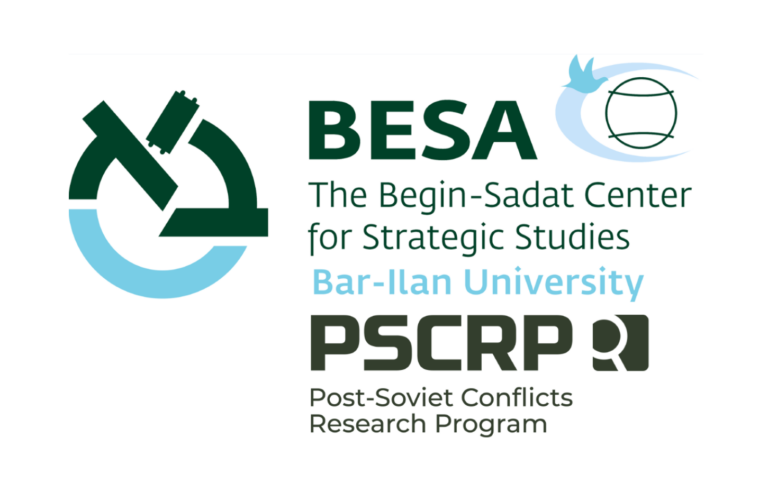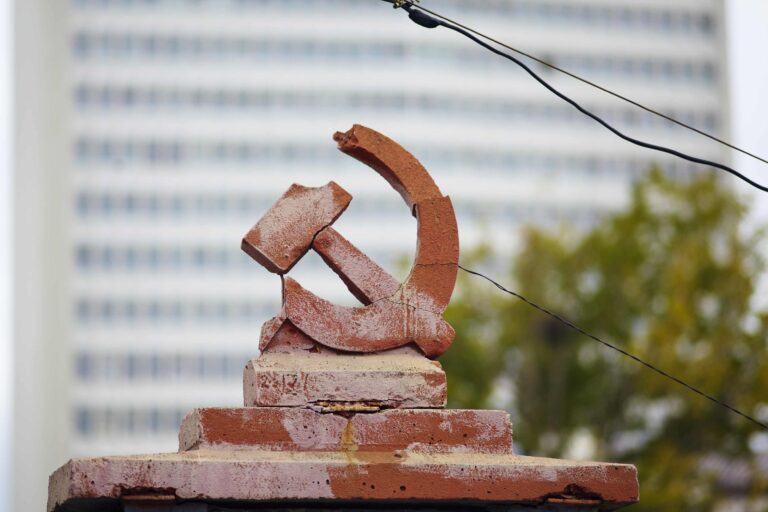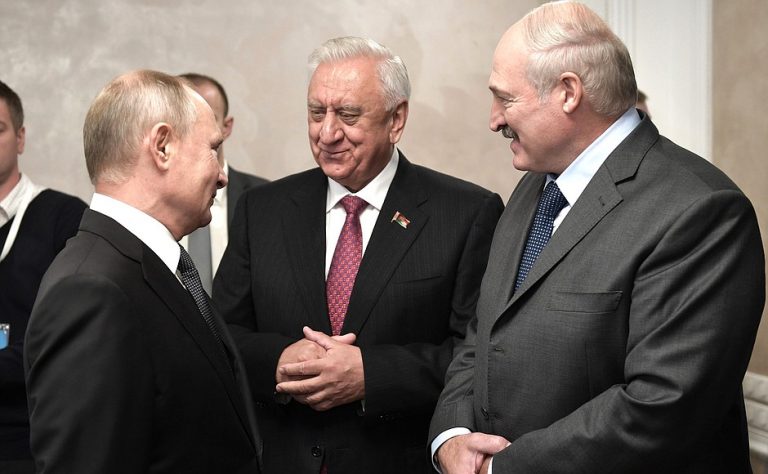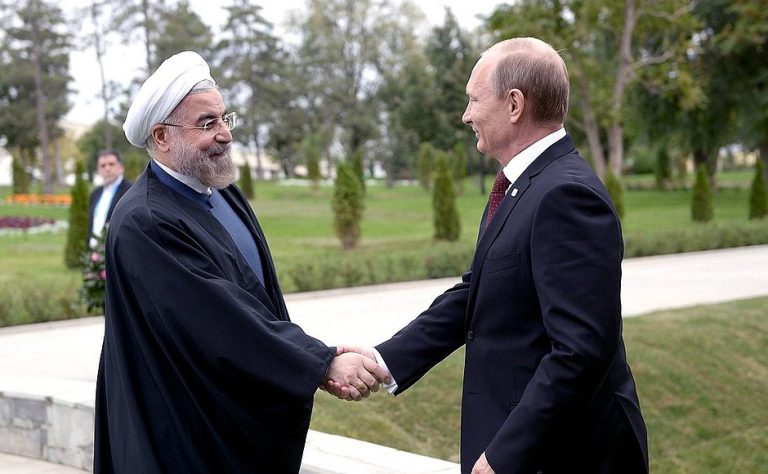
- Irina Tsukerman
- Paper No. 1708
There are signs that the current escalation between Armenia and Azerbaijan, far from being incidental to the Nagorno-Karabakh conflict, is driven by Russia’s and Iran’s economic warfare against a competing state and the need to return Europe to dependency on their oil and gas in light of US sanctions. Armenia benefits from the bellicose activity thanks to a sophisticated information warfare campaign in a heated US election year that has been unmatched thus far by Azerbaijan. But Baku can still turn its underdog position around by pursuing an assertive and affirmative policy against aggressors on military, political, media, and legal fronts.










